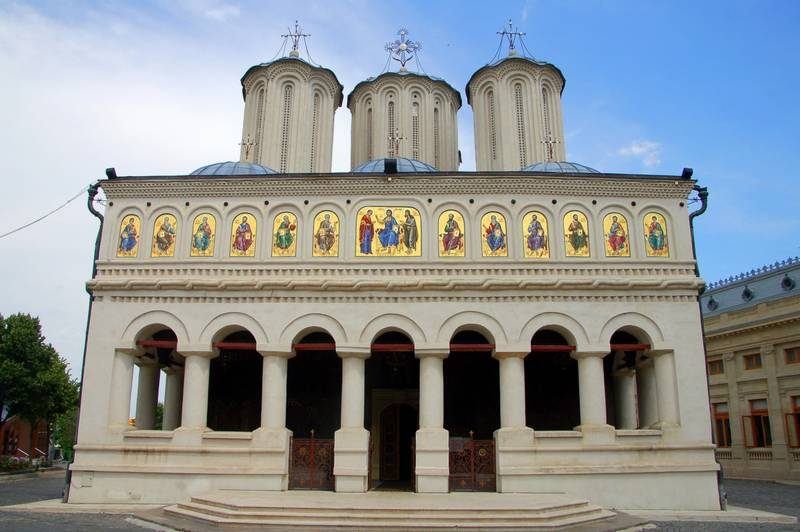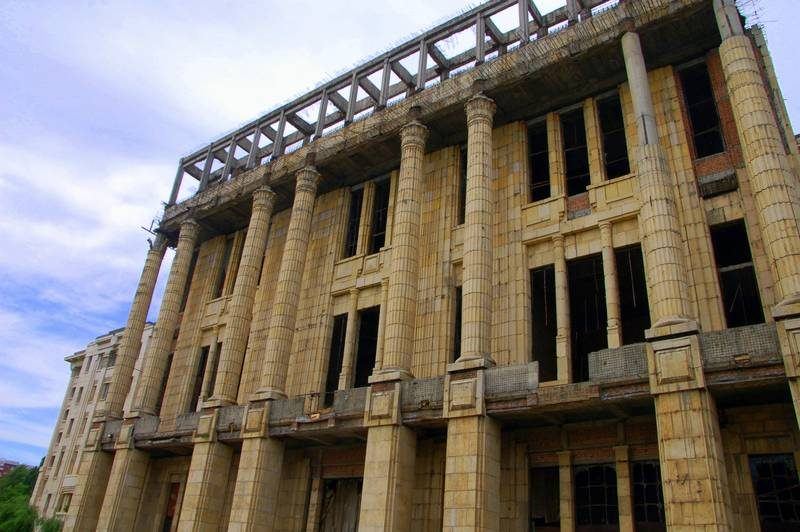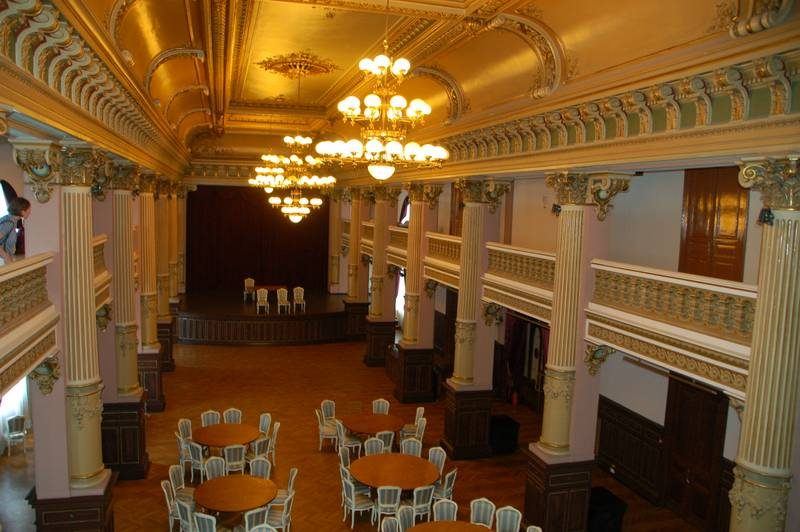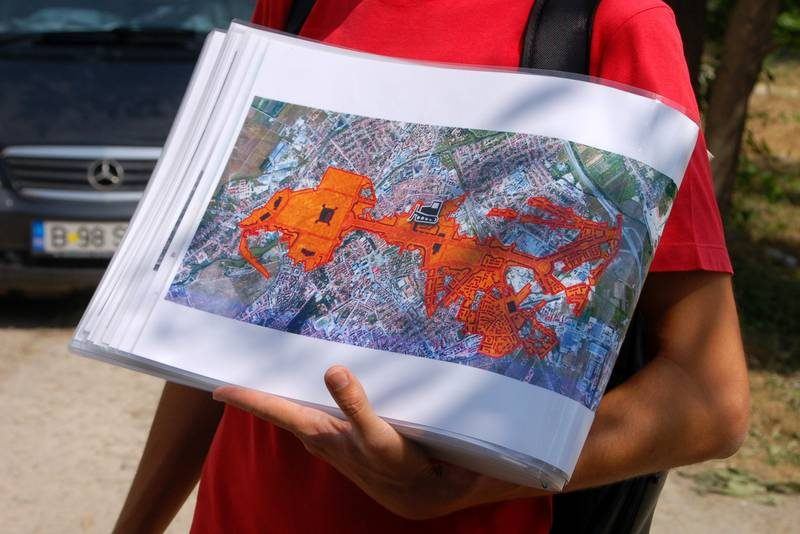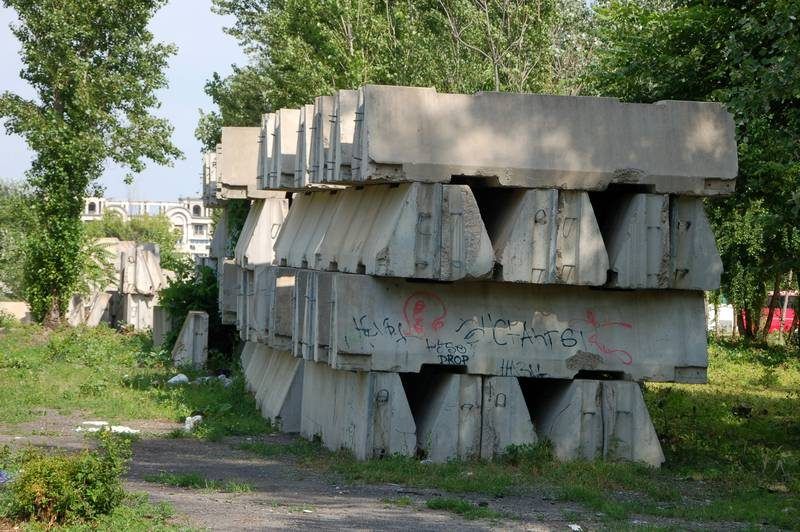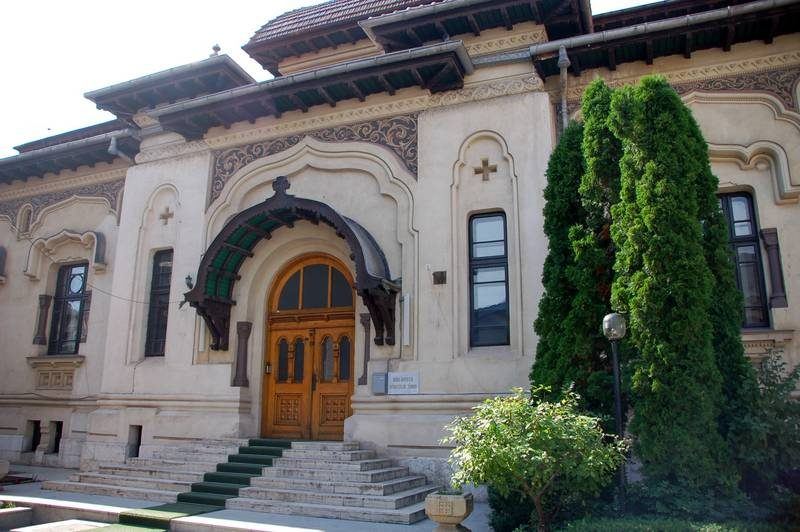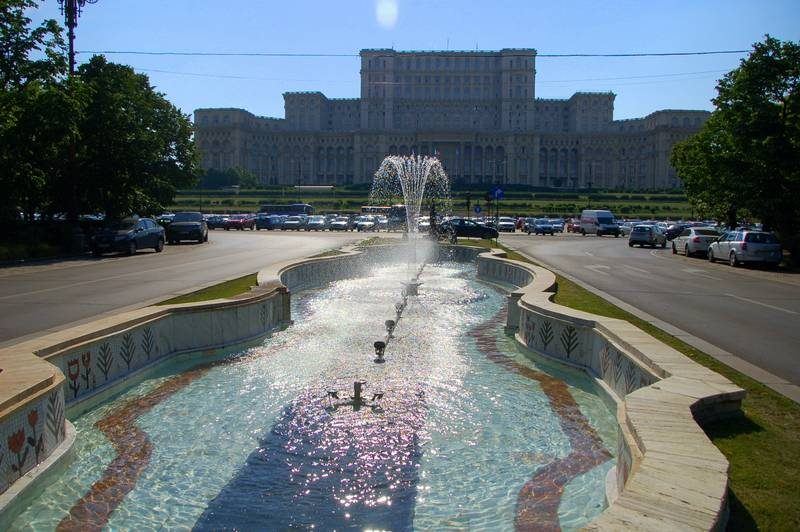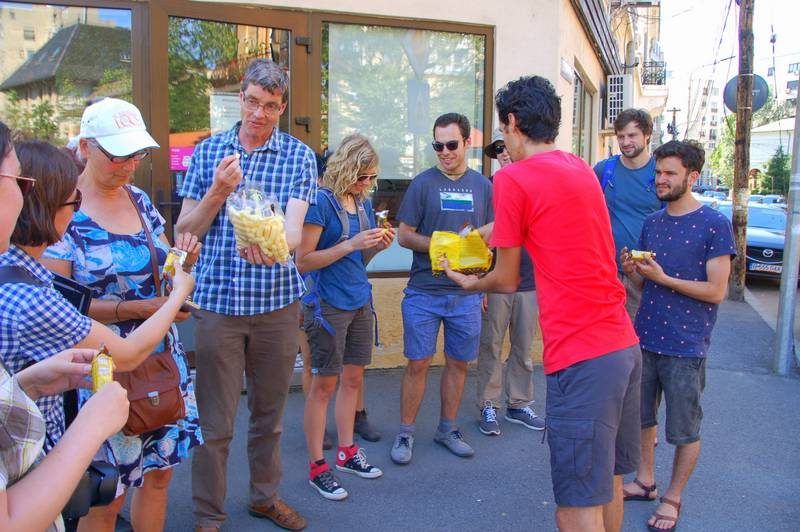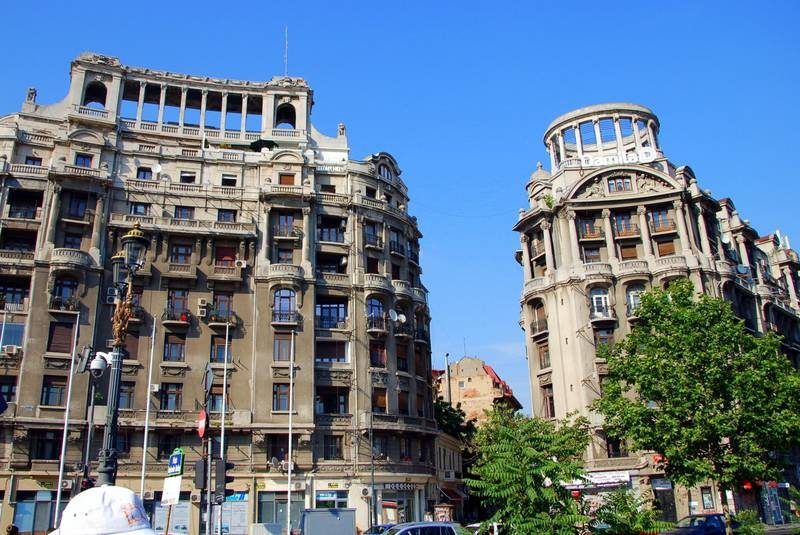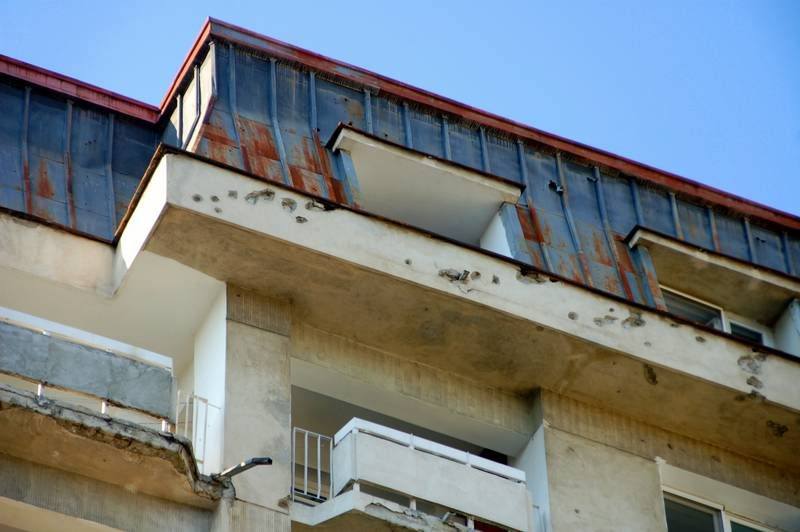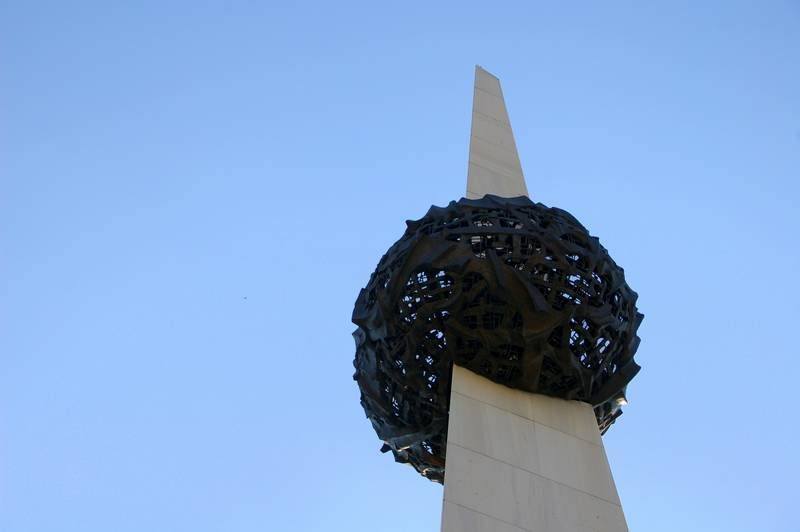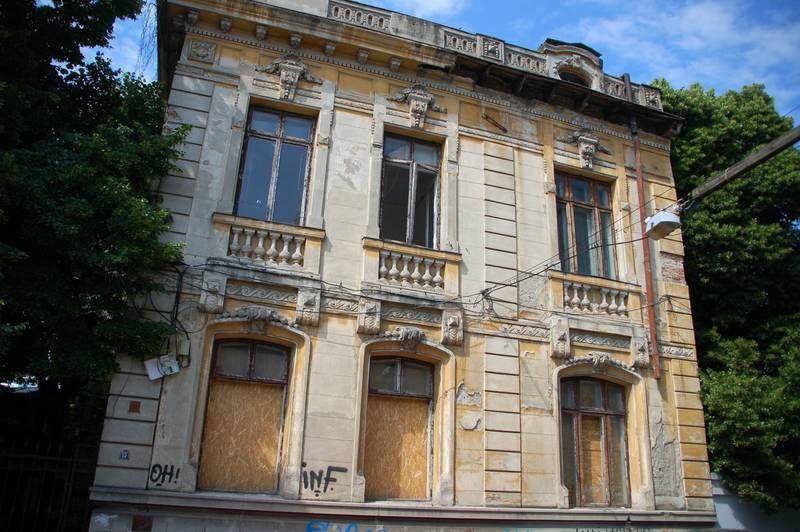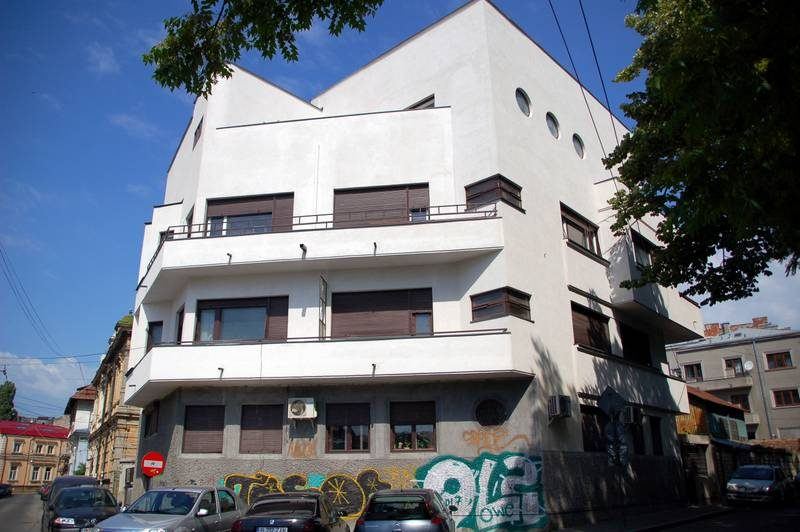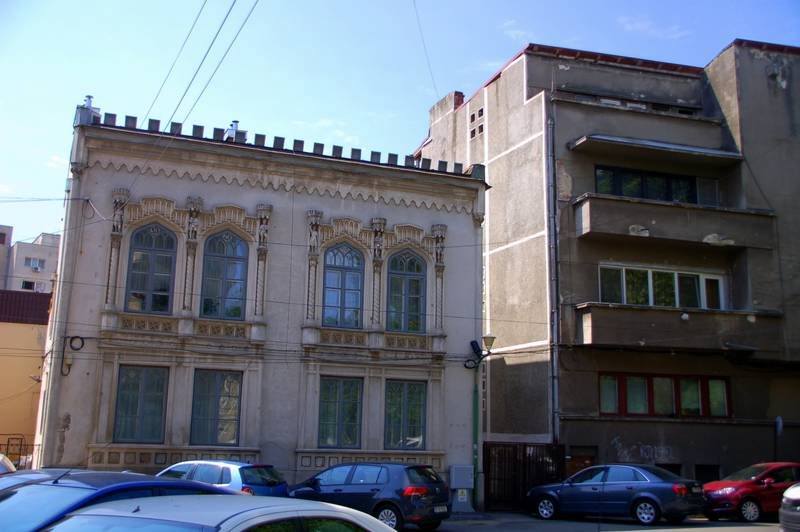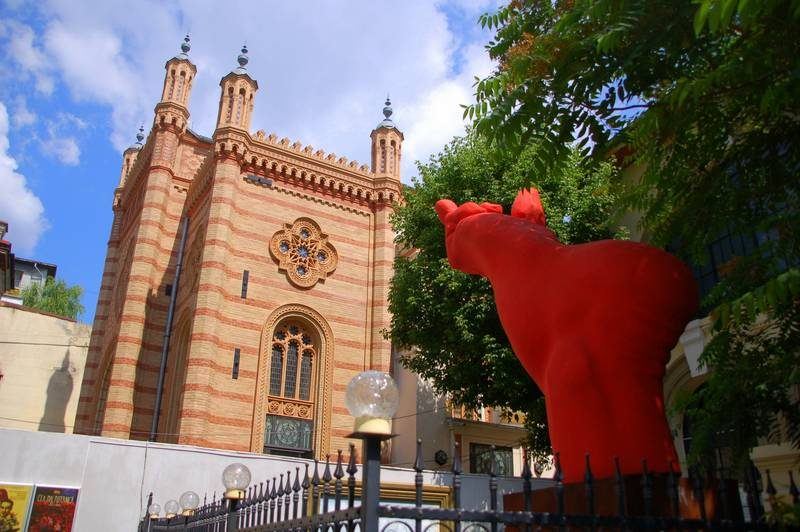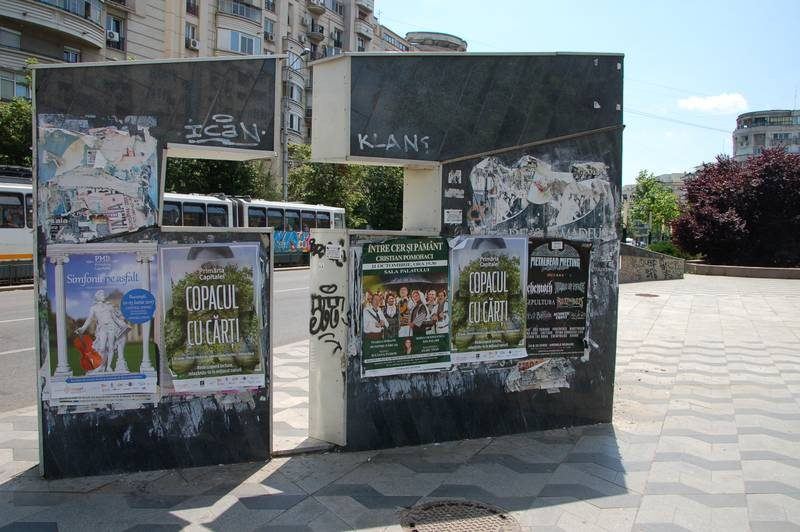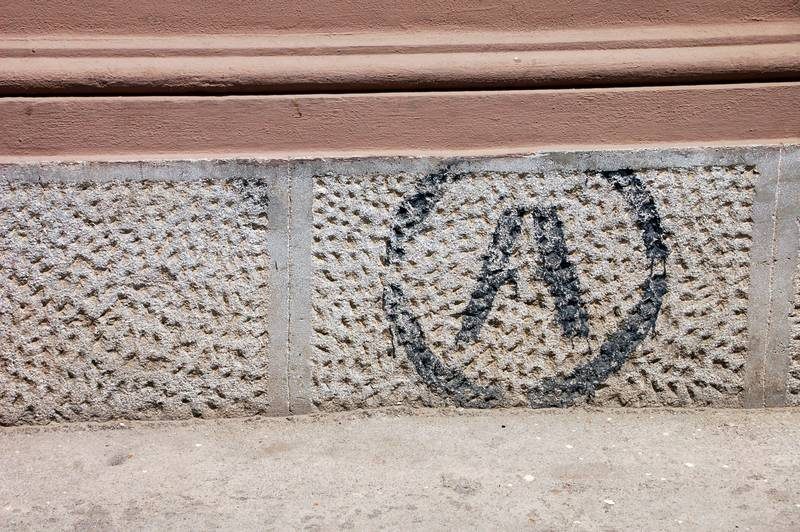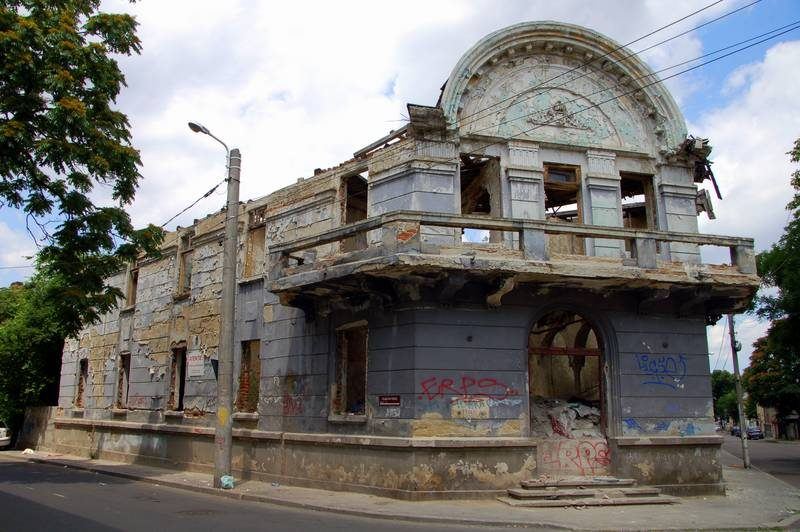If you’re a long-time reader of One Weird Globe, you know I don’t go on many guided tours. When we do, it’s because the information out there isn’t all that helpful or there’s more to the story that’s not on the internet. In other cases, there’s a personal story best told by someone that lived through the times or has seen how the city has changed. Here in Bucharest, the tourism industry is best seen through the eyes of the locals taking tourism offerings into their own hands.
Disclosure: both tours were offered to us for free.
Enter the Tour of Communism.
Offered at https://tourofcommunism.com, these three-hour tours start at 2:30pm on Tuesdays and Saturdays (do check the calendar for yourself, obviously!). Marius, our tour guide, is the tour’s designer and has a deep level of knowledge of all things Bucharest. This tour covers the complete period of Communism in Romania from the early 20th century to Romania’s televised revolution in 1989.
While I took a few notes, you’ll really want to go on the tour yourself — after all, three hours offers a LOT of information and opens a lot of eyes. You’ll start at the Biserica Pelerinului – Pangarul Catedralei Patriarhale, the ‘religious heart of Romania’ as seen above, and learn about the attack in 1920 that first puts Communism on the Romanian map.
One of my first impressions of Bucharest was a lament that the buildings haven’t been kept up. It’s on this tour that you’ll learn some of the main reasons for that (in essence, long-running lawsuits between a building’s pre-Communist owners and the current residents or squatters over who gets ownership). When the revolution happened in 1989, this building was in progress; the wings and the facade have been somewhat restored, but the central interior may take years or decades more.
This building, by the way, is literally across the street. The Palatul Bragadiru was owned by one of the richest families in Romania, but of course was seized by the Communists when they came to power. The court cases allowing the descendants to reclaim the buildings were resolved. It was empty as recently as 7 years ago according to the tour guide, and today it looks ready to hold some wonderfully elegant events.
Marius, our tour guide, holding up a map of Bucharest’s demolitions during the Communist era. This is considered the biggest destruction of land during a time of peace.
We’re just a few hundred meters from the Palace of Parliament, the $2 billion USD, second largest administrative building in the world (behind only the Pentagon), yet there’s plenty of room for these concrete rails. (They were used during some Formula 3 races which used Bucharest’s downtown streets as the course, though no events have been held since 2008.)
This tour is far from bleak, however — you’ll learn the stories of how some Orthodox churches were saved by literally moving them wholesale to another designated location:
Moved hundreds of meters away from a major boulevard, the church is overshadowed by the tallest Communist-era apartment buildings. This was intentional, the tour guide mentioned, since Communism wanted to discourage the beliefs in religion.
The Palace of Parliament — it was unfinished in 1989 when the Revolution came, and even today work continues to make the space more useful / functional. You’ll quickly go from the grandiose boulevard to seeing some of the pockets of older houses that weren’t demolished.
“I saw my first banana in 1992,” Marius said, offering some modern-day versions of the foods once available under the Communist regime.
The former dictator liked the features of these 1920’s buildings, so he had the elements copied to other Communist buildings.
We’re reaching the end of the tour in the Old Town area, and we passed by at least one building with bullet holes left over from the 1989 revolution.
A look up at Revolution Square, along with an abstract representation of Communism.
Overall, this three-hour tour will cover several different neighborhoods and 3-4 kilometers. [EDIT: Marius said in an e-mail that it’s closer to 8 kilometers — it certainly didn’t feel that long to either of us, though!] It’s a great way of taking in a lesser-traveled part of the city that most tourists would miss. I appreciated the A3-sized visuals and original photos from decades past. It’s also a great way of connecting recent history to the current state of the city.
Highly recommended.
Learn more at tourofcommunism.com.
But wait, there’s more! Follow the Jewish Trail to see another side of Bucharest.
You already know the tragedies of the Jewish people under the Nazi Germany regime. What isn’t as widely known: Romania was second-best (worst?) at killing Jews or forcing them into exile. This tour covers a history of the Jewish people in Bucharest from the 15th century to the present, and is presented on Thursdays and Sundays starting at 10am.
So it’s clear, this is a bleak sort of story. Hundreds of thousands of Jews were killed, and the city today has a tiny fraction of the Jewish population it once had. The court cases dragging on relating to property rights have been made even more complicated by a 2016 law allowing Jewish claimants to reclaim property. Until the cases are settled, nothing can really be done with the properties.
This is as much an architectural review as it is about the Jewish heritage of Bucharest. The eclectic variety shown on this tour is a reminder how cosmopolitan the city was, including the Bauhaus style seen above.
A rare example of Neo-Gothic architecture (now a private residence) which managed to survive the bulldozers.
A highlight is easily the Choral Temple, a restored Jewish synagogue. (Expect to put your bags / backpacks in a locker outside, and you may be asked to show ID; my drivers license sufficed.) Once inside, take in the colorful art and (possibly) a fast-winded explanation of the temple’s history from the temple leader. This is a replica of Vienna’s Leopoldstadt-Tempelgasse Great Synagogue, and was rededicated in 2014 (though work continues behind the scenes). It’s considered the most religiously active synagogue in the city, and one of only 7 that survived Communism. (The red statue belongs to the comedy theater next door, and replaced a statue of Lenin.)
A dedication, albeit one that hasn’t been well-respected…
A bit of an aside: the circled ‘A’ seen here just above a sidewalk is a throwback… but I’ll let the tour guide explain that one to you.
A former Jewish hospital, seized by the Communists, eventually reacquired by Jews, and days before a sale, declared a historic monument (which prohibited the demolition desired by the buyer).
The tour ends at the largest surviving synagogue in Bucharest, which also has a donation-based museum to see if you’re interested. As with the Tour of Communism, there’s plenty of history on display, and Marius again shows a deep understanding of the local history. I wish the former neighborhoods were more vibrant or lively, but this is the authentic, real Bucharest that exists outside the glossy brochures.
Recommended.
Learn more at jewishtrail.com.
Like this post? Like the Facebook page!

